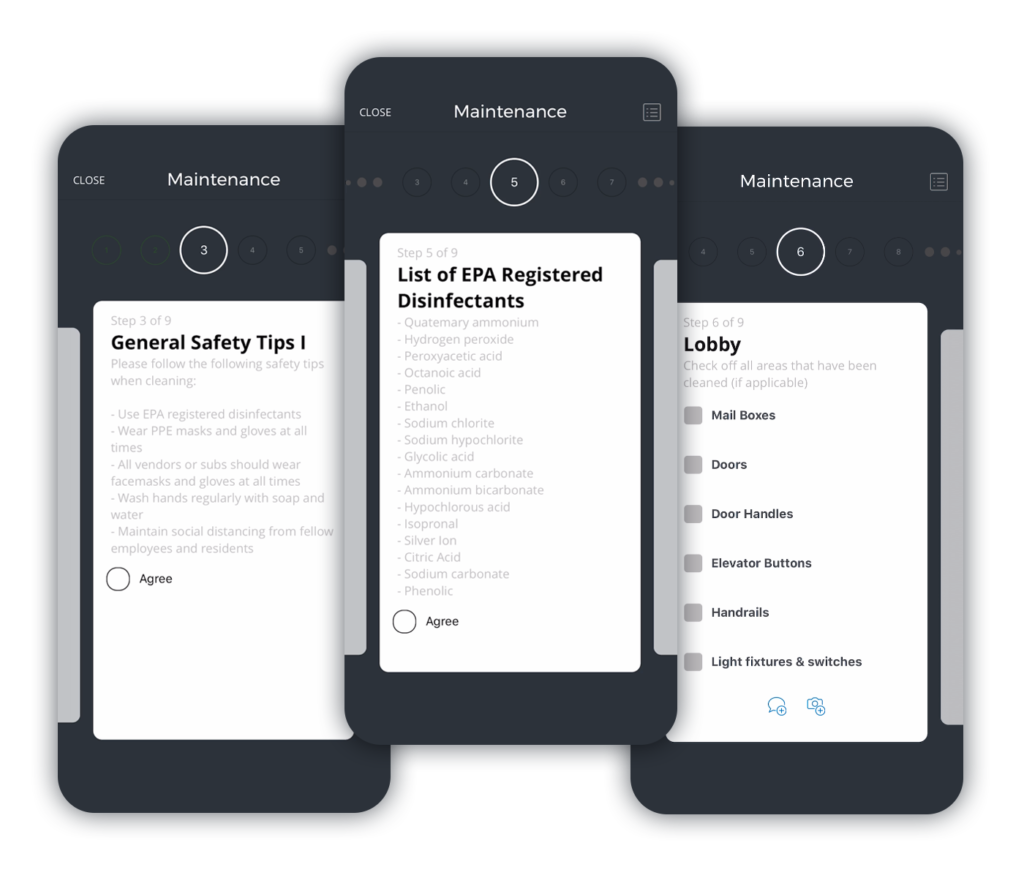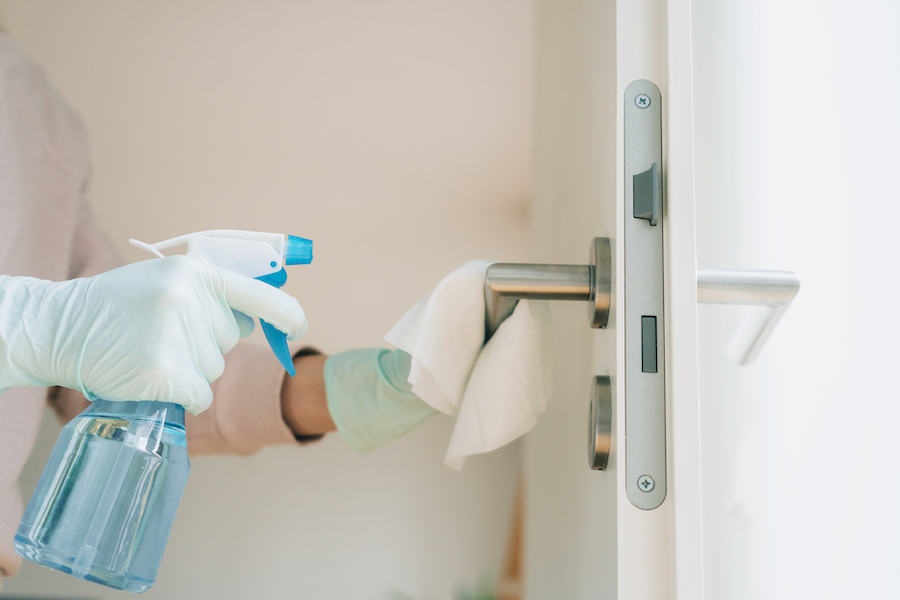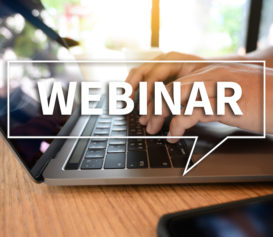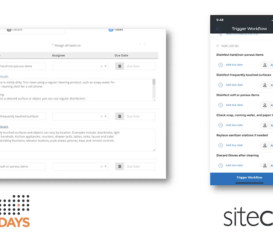On top of keeping buildings in working order, managing tenant requests, and dealing with local law regulations, managers now have a new, critical must-do: ensuring common areas are as clean as possible, more frequently than ever before.
Proper cleaning & disinfection has become the number one topic in all management resource communities – what products to use, how often to do it, and where to even begin?
We spoke with several property managers to see how they’re handling this requirement, and spotted a few trends – here’s some of the top things they suggest:
Establish Repeatable Routines
Putting policies in place and sticking to them is key to making sure the right things are getting done at every property.
Of course, figuring out how to build your routine depends on a lot of variables – how large your property is, how often people are accessing certain spaces, and the bandwidth of your onsite staff. Getting broad-strokes answers to who performs the cleaning, how often they’ll need to do it, and how involved it will be is a great start to creating your plan.
Most teams are following guidelines laid out by the CDC or state/local governments when it comes to disinfection best practices. If your state or local enforcement agency hasn’t issued any guidance, start with the CDC’s recommendations on what to clean frequently, and how to disinfect things properly.
When it comes to the cleaning process itself, managers are taking varied approaches. Depending on the size of the spaces and the breadth of what needs attention, there are a few ways to create the specific steps in your plan:
Cleaning by Room: Full cleanings starting with the most high-priority spaces (entryways, elevators, high-traffic areas) before moving to lower-priority areas. This ensures entire spaces are thoroughly disinfected in one setting.
Cleaning by Surface Types: Cleaning all hard surfaces (door handles, light switches, tables, etc.) before moving on to soft surfaces (carpets, rugs, drapes), and finally, flooring. This lets you focus on using one type of cleaner/disinfectant before switching to others that are more surface-appropriate. Depending on how many staff members you have at each building, this may be a good approach for frequently used areas.
Once you’ve figured out the best routine for your team, document it and ensure everyone has access to it. Following it is key to ensuring your properties stay as safe as possible – we’ll share how a few teams are enforcing these processes later on.
This plan isn’t just for the folks on the ground, either – for anyone ordering PPE or cleaning supplies, it’s just as important to know how frequently cleanings are happening, and what’s being used during each routine. This ensures that you’ll have enough supplies to keep your buildings clean, and your staff safe.
Increase Tenant Communication & Awareness
Another big component in your cleaning & disinfection plan should be tenant communications. Making sure your tenants or residents know key elements of the plan is so important – the clearer and more specific your communications are, the less likely your team is to get bombarded with questions or concerns.
For example, one management company in New Jersey is cleaning common laundry areas three times per week, informing residents of specific cleaning dates and times in advance. The enhanced communication gives residents peace of mind, especially for anyone who may be more high-risk, and wants to use facilities shortly after they’re disinfected. Being clear with their schedule also allows them to appropriately staff cleaning sessions while adequately maintaining the rest of their portfolio.
Use Technology To Enforce Policies & Reduce Risk

Technology ensures your team on the ground follows all company policies for every cleaning & disinfection.
Of course, one of the biggest challenges is ensuring that any cleaning & disinfection plan is actually being followed every time it’s performed. Better still, being able to store and recall cleaning records in case of emergencies or liabilities is critical.
That’s why many teams are turning to tech to outline their specific routines, and document each time they’re performed.
Will Smith from Progressive Management details how his team is tracking their daily checklist here, in this video interview. Workers have to confirm they have the proper PPE and review approved cleaning solutions before they start their routine. From there, they document each room and surface cleaned. This way, if they ever need to share or document cleaning records, they can be easily referenced.
Another benefit of using tech to enforcing standard operating procedures is the ability to easily make and implement changes. In the case of COVID-19, scientists are learning more and more about spread every day – adjusting your processes based on new information and best practices is a huge way to stay ahead of the curve.
Of course, we’ll keep you posted as those changes occur and best practices continue to evolve. In the meantime, now’s as good a time as any to take a look at your cleaning & disinfection plan and see if there’s room for improvements.




